QuestionI have an 11 weeks old Golden retriever... Shadow... is is a very cute dog yet i am facing 3 problems. i have tried almost everything but now i am at the end of the rope.
1- he wont stop biting my kids (age 13,15,17)and when we say no or push him he bites more.
2- he is aggressive at night (before and after feeding him)
3- i cant get him to sleep in his niche.some people told me to block him inside for few hrs everyday shall i try this method.
i would really appreciate some help.
AnswerThe key to most behavior problems is approaching things using the dog's natural instincts. Dogs see all the people and dogs in the household as a pack with each having their own rank in the pack and a top dog. Life is much easier if the 2 legged pack members outrank the 4 legged ones. You can learn to play the role of top dog by reading some books or going to a good obedience class. A good obedience class or book is about you being top dog, not about rewarding standard commands with a treat.
Young Labs, which I know best, and other puppies tend to very bad about biting. You see a litter of them, and all the ones that are awake are biting another one or themselves. I am not even sure they realize that when they are alone, if they quit biting, they would quit being bitten. At 3 to 4 months they are getting their adult teeth, and it seems they spend every waking moment biting or chewing. One thing you can do at that stage is to knot and wet a piece of cloth. Then freeze it. The cooling will soothe the gums. Only let the puppy have it when you are there to watch it. I maintain a Lab's favorite chew toy is another Lab. Otherwise they settle for any person they can. They keep hoping to find one that won't yelp, jerk their hand away, and leave.
You just have to keep on correcting them, hundreds of times, not dozens. Provide sturdy, safe toys such as Kongs and Nylabones. Avoid things they can chew pieces off and choke on them. Keep them away from electrical cords. Crates are essential for most young Labs and other dogs.
The pet stores are full of toys that many dogs will quickly chew up into pieces they could choke on or cause intestinal blockages. If you are not there to watch, stick to sturdy stuff such as Nylabones and Kongs. Keep a close eye on chew toys and quickly discard anything that is coming apart in pieces. Rawhide is especially bad because it swells after being swallowed. I don't trust any of the consumable chews. The dogs just gnaw them down to a dangerous size too quickly. These problems are the worst with, but not limited to, large, aggressive chewers such as Labs.
Once he sees you and the kids acting as higher status dogs, he should do better. The keeper of the kibble is a powerful figure. At feed time, make him sit. He must maintain the sit until the food is on the floor and you tell him ''Free dog''. If he moves before you are ready, the food goes back up. If he is aggressive if you get near the food bowl while he is eating, start with only part of the food. When he finishes, make him sit again, and add more. If each night you dole it out in parts like that, he should soon welcome you being near the food bowl.
We commonly use what are called crates or kennels for dogs to sleep in. They are a small enclosure with a door. It is only natural that a puppy resists its crate at first. What the puppy wants more than anything else is to be others, you, anyone else in the household, and any other pets. In our modern society, even if we are home, other things distract us from the attention an uncrated puppy must have. The only real solution is to crate the dog when you aren't around. The dog may be happier in its den than loose in the house. It relaxes, it feels safe in its den. It rests, the body slows down reducing the need for water and relieving its self. Dogs that have been crated all along do very well. Many of them will rest in their crates even when the door is open. I think the plastic ones give the dog more of a safe, enclosed den feeling. Metal ones can be put in a corner or covered with something the dog can't pull in and chew. Select a crate just big enough for the full grown dog to stretch out in.
Leave it some toys. Perhaps a Kong filled with peanut butter. Don't leave anything in the crate the dog might chew up. It will do fine without even any bedding. You will come home to a safe dog and a house you can enjoy.
A dog that has not been crated since it was little, may take some work. Start out just putting its toys and treats in the crate. Praise it for going in. Feed it in the crate. This is also an easy way to maintain order at feeding time for more than one dog.

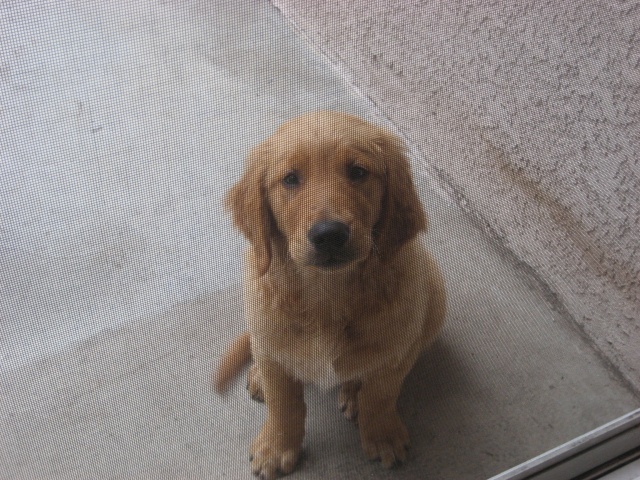 Walking
Question
My 1 year old golden retriever is very hyper-
Walking
Question
My 1 year old golden retriever is very hyper-
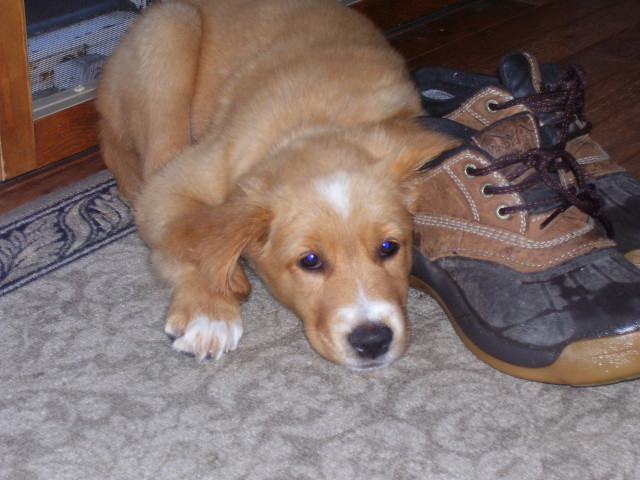 Pure golden with lots of white
Question
Abby 9 weeks
I bought a purebred golden
Pure golden with lots of white
Question
Abby 9 weeks
I bought a purebred golden
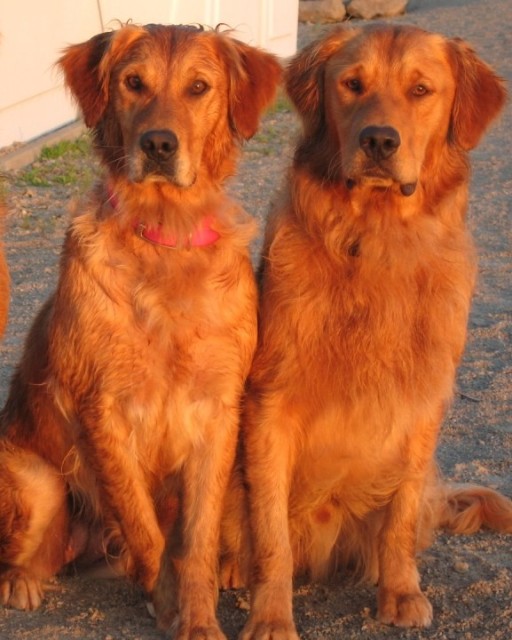 my golden puppy has bad skin problems
Questionso i have had this skin problem with my golden
my golden puppy has bad skin problems
Questionso i have had this skin problem with my golden
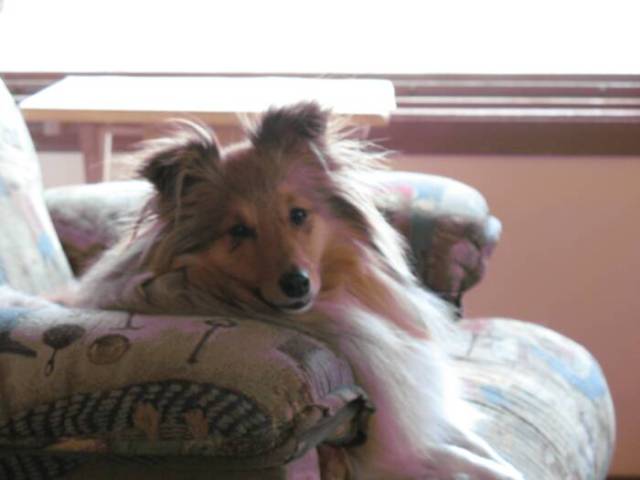 need help
Questionmy dog is a jack russel and he has hot spots an
need help
Questionmy dog is a jack russel and he has hot spots an
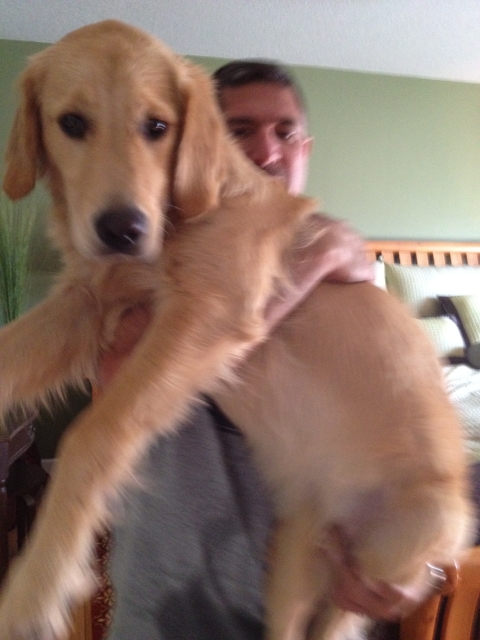 My 7 month golden retriever
Question
Mako
Hi,
My 7 month golden retriever pu
My 7 month golden retriever
Question
Mako
Hi,
My 7 month golden retriever pu